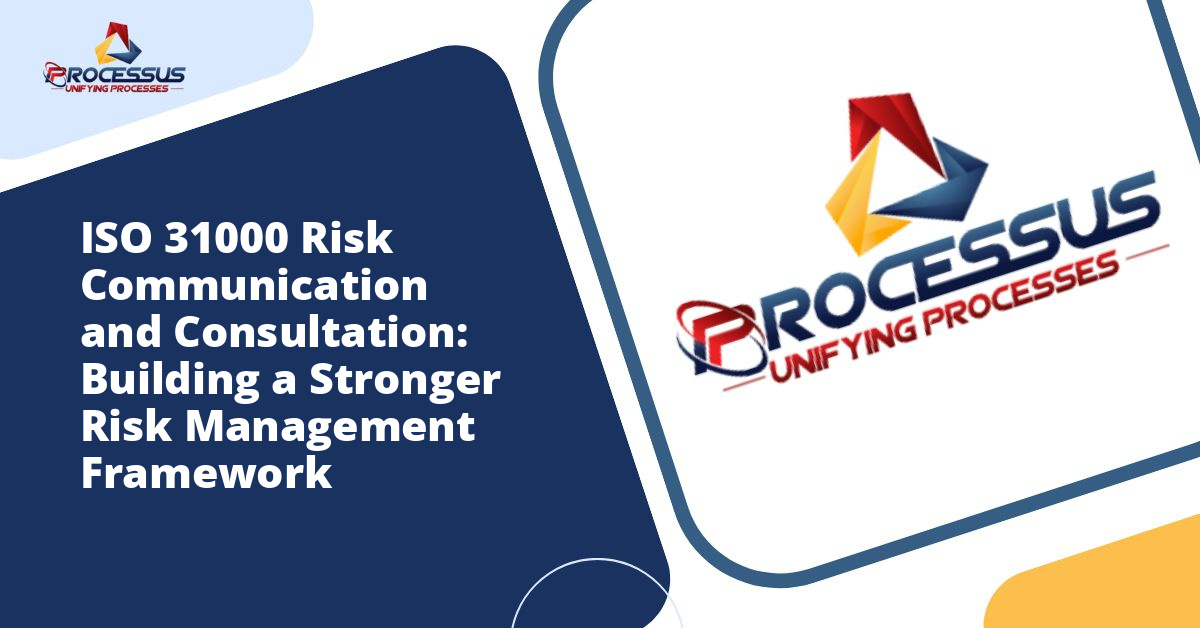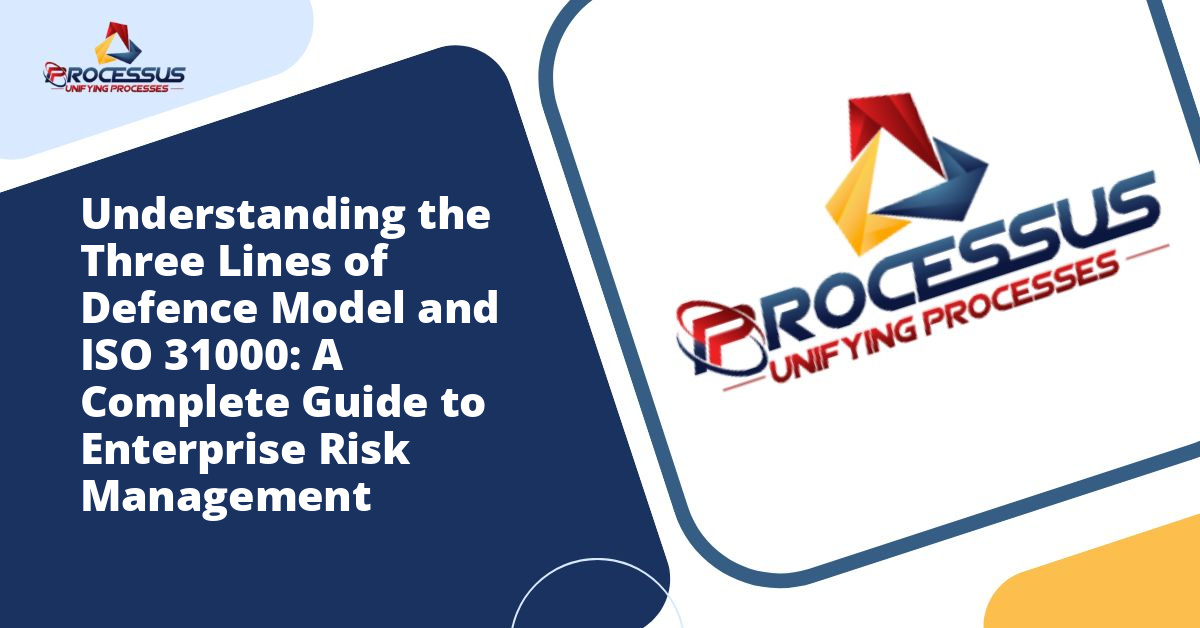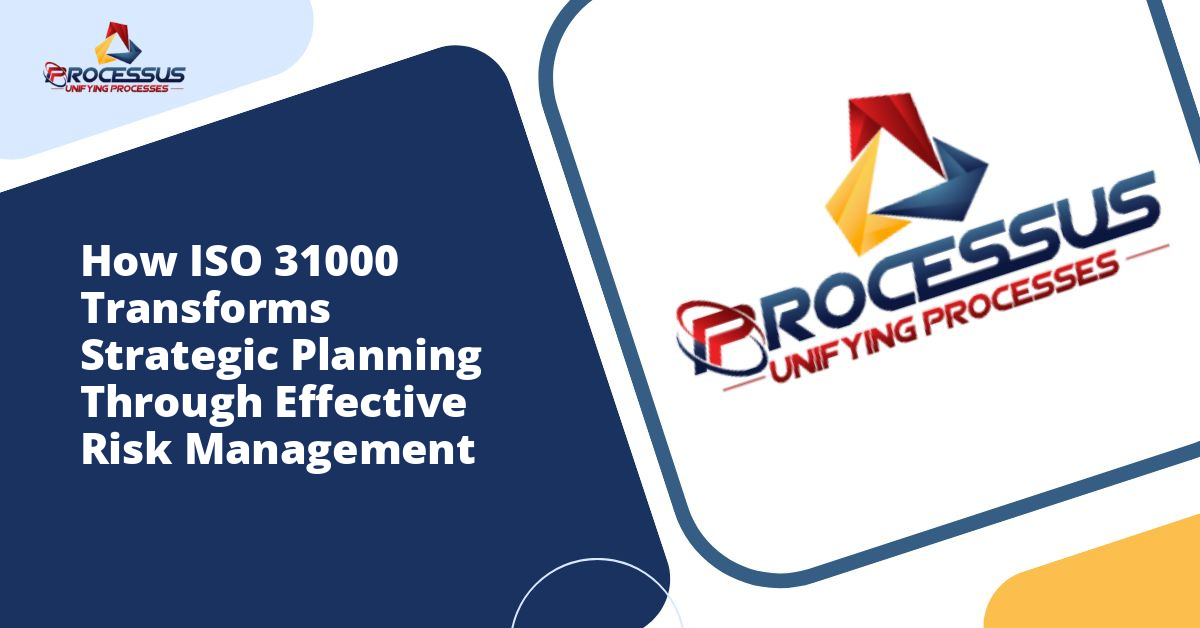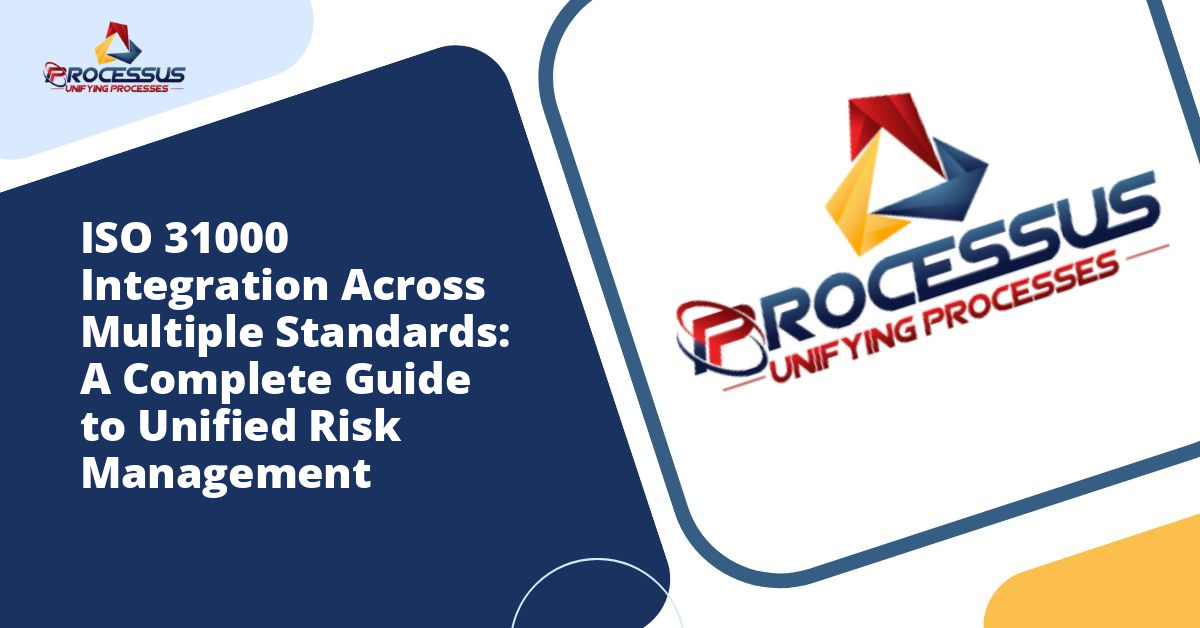In an increasingly complex and uncertain business environment, organizations face a multitude of risks that can significantly impact their operations, financial stability, and reputation. The ISO 31000 Risk Management Framework has emerged as a globally recognized standard that provides comprehensive guidelines for managing risk effectively. This article explores the implementation of ISO 31000, offering insights into its principles, processes, and practical application across various organizational contexts.
Understanding the ISO 31000 Risk Management Framework
ISO 31000 is an international standard that provides principles, framework, and a process for managing risk. Published by the International Organization for Standardization, this framework is applicable to any organization regardless of size, industry, or sector. Unlike other ISO standards, ISO 31000 is not intended for certification purposes but serves as a guideline to help organizations develop their own risk management approaches tailored to their specific needs and circumstances.
The framework recognizes that risk management is an integral part of organizational processes and decision-making. It emphasizes that effective risk management contributes to the demonstrable achievement of objectives and improvement of performance in areas such as health and safety, legal and regulatory compliance, public acceptance, environmental protection, product quality, project management, and operational efficiency.
The Three Core Components of ISO 31000
The ISO 31000 standard is structured around three interconnected components that work together to create a comprehensive risk management approach. Understanding these components is essential for successful implementation.
Principles
The principles form the foundation of risk management and articulate why organizations should manage risk. According to ISO 31000, effective risk management should be integrated, structured and comprehensive, customized, inclusive, dynamic, based on the best available information, considers human and cultural factors, and is continually improved through learning and experience. These principles ensure that risk management creates and protects value for the organization while supporting decision-making at all levels.
Framework
The framework provides the organizational arrangements for designing, implementing, monitoring, reviewing, and continually improving risk management throughout the organization. It establishes the foundation and arrangements that will embed risk management into all organizational activities and functions. The framework emphasizes leadership commitment, integration into organizational processes, and adaptation to the specific context of the organization.
Process
The process component describes the systematic application of policies, procedures, and practices to the activities of communicating, consulting, establishing the context, and assessing, treating, monitoring, reviewing, recording, and reporting risk. This process is designed to be iterative and can be applied at any level of the organization and to specific projects, activities, or situations.
Key Principles of ISO 31000
The principles outlined in ISO 31000 serve as the philosophical underpinning of effective risk management. Organizations that embrace these principles are better positioned to navigate uncertainty and achieve their objectives.
Creating and Protecting Value
Risk management should demonstrably contribute to the achievement of objectives and the improvement of performance across all organizational activities. This principle emphasizes that risk management is not merely about avoiding negative outcomes but also about seizing opportunities that can create value for stakeholders.
Integration
Risk management must be an integral part of all organizational activities rather than a standalone activity. When risk management is embedded into business processes, planning, management activities, and culture, it becomes more effective and efficient. This integration ensures that risk considerations inform every significant decision and action.
Structured and Comprehensive Approach
A structured and comprehensive approach to risk management contributes to consistent and comparable results across the organization. This principle advocates for a systematic method that considers all sources of risk and their potential impacts, ensuring nothing significant is overlooked.
Customization
The risk management framework and process should be customized and proportionate to the external and internal context of the organization related to its objectives. There is no one-size-fits-all solution, and organizations must tailor their approach to reflect their unique circumstances, culture, and risk profile.
Inclusiveness
Appropriate and timely involvement of stakeholders enables their knowledge, views, and perceptions to be considered. This results in improved awareness and informed risk management. Engaging stakeholders throughout the risk management process enhances the quality of risk identification, analysis, and treatment.
Implementing the ISO 31000 Framework
Successful implementation of ISO 31000 requires careful planning, strong leadership commitment, and systematic execution. The following steps provide a roadmap for organizations embarking on this journey.
Securing Leadership Commitment
The implementation of ISO 31000 begins with securing commitment from top management. Leaders must recognize the value of risk management and champion its integration throughout the organization. This commitment manifests through the allocation of adequate resources, establishment of accountability structures, and visible support for risk management initiatives. Without strong leadership commitment, risk management efforts are likely to remain superficial and fail to achieve their intended objectives.
Understanding Organizational Context
Organizations must thoroughly understand their external and internal context before designing their risk management approach. This involves analyzing the external environment, including regulatory requirements, market conditions, competitive landscape, and stakeholder expectations. Internally, organizations should assess their culture, capabilities, governance structures, objectives, and strategies. This contextual understanding ensures that the risk management framework aligns with organizational realities and addresses relevant risks.
Designing the Risk Management Framework
The framework design phase involves making decisions about how risk management will be integrated into organizational processes and structures. This includes defining risk management policy, establishing accountability and authority for managing risk, allocating resources, establishing communication and reporting mechanisms, and determining how risk management will be monitored and reviewed. The framework should specify how risk management connects with strategic planning, operational management, project management, and other key organizational processes.
Implementing the Risk Management Process
The risk management process outlined in ISO 31000 consists of several interrelated activities. Communication and consultation with stakeholders should occur throughout the process to ensure relevant information is shared and perspectives are considered. Establishing the context defines the scope of risk management activities and sets criteria against which risks will be evaluated. Risk assessment involves identifying risks, analyzing their likelihood and consequences, and evaluating priorities for treatment. Risk treatment involves selecting and implementing options to modify risks, followed by ongoing monitoring and review to ensure effectiveness.
Building Risk Management Capabilities
Effective implementation requires that people throughout the organization understand risk management principles and possess the skills to apply them. Organizations should invest in training programs, develop risk management competencies, and create opportunities for practical application of risk management techniques. Building a risk-aware culture where employees at all levels consider risk in their daily activities is essential for sustainable risk management.
The Risk Management Process in Detail
Understanding the risk management process is crucial for practical application of ISO 31000. Each component of the process serves a specific purpose and contributes to the overall effectiveness of risk management.
Communication and Consultation
Communication and consultation with internal and external stakeholders should take place during all stages of the risk management process. These activities help ensure that those responsible for implementing risk management and those with a vested interest understand the basis on which decisions are made and why particular actions are required. Effective communication facilitates factual, timely, relevant, and understandable exchange of information.
Scope, Context, and Criteria
Establishing the scope involves defining the breadth and depth of risk management activities to be included. The context considers the external and internal environment in which the organization seeks to achieve its objectives. Risk criteria specify the terms of reference against which the significance of risk is evaluated and should reflect organizational values, objectives, and resources. Clear criteria enable consistent risk evaluation and appropriate prioritization of treatment actions.
Risk Assessment
Risk assessment is the overall process of risk identification, analysis, and evaluation. Risk identification involves finding, recognizing, and describing risks that might help or prevent an organization from achieving its objectives. Techniques for risk identification include brainstorming sessions, structured interviews, industry research, scenario analysis, and examination of historical data. Risk analysis involves developing an understanding of the risk, including its sources, causes, likelihood, consequences, and factors affecting these elements. Risk evaluation compares risk analysis results with established criteria to determine where additional action is required.
Risk Treatment
Risk treatment involves selecting one or more options for modifying risks and implementing those options. Treatment options include avoiding the risk by deciding not to start or continue with the activity, taking or increasing risk to pursue an opportunity, removing the risk source, changing the likelihood or consequences, sharing the risk with another party, or retaining the risk by informed decision. The selection of treatment options should consider the balance between potential benefits derived in relation to the achievement of objectives and the costs and efforts of implementation.
Monitoring and Review
Monitoring and review should be a planned part of the risk management process involving regular checking or surveillance. The purpose is to assure that the risk management framework, policy, and plan remain suitable, adequate, and effective. Organizations should monitor the effectiveness of all components of the risk management framework and process, identify emerging risks, and track changes in the risk profile over time.
Benefits of Implementing ISO 31000
Organizations that successfully implement ISO 31000 realize numerous benefits that extend across multiple dimensions of performance and capability.
Enhanced Decision Making
Risk management provides a structured approach to identifying and analyzing uncertainties that may affect objectives. This enables more informed decision making based on a comprehensive understanding of potential outcomes, opportunities, and threats. When decision makers have access to quality risk information, they can allocate resources more effectively and choose strategies that optimize the risk-return balance.
Improved Stakeholder Confidence
Demonstrating a systematic approach to risk management enhances stakeholder confidence in the organization’s ability to achieve its objectives and protect their interests. Investors, customers, regulators, and employees are more likely to trust organizations that proactively identify and manage risks rather than react to crises as they emerge.
Better Resource Allocation
Understanding the risk profile enables organizations to allocate resources more efficiently by focusing attention and investment on areas of greatest concern or opportunity. Rather than spreading resources thinly across all potential issues, organizations can prioritize based on risk significance and expected impact on objectives.
Increased Organizational Resilience
Organizations with mature risk management capabilities are better prepared to respond to unexpected events and adapt to changing circumstances. By anticipating potential disruptions and preparing appropriate responses, organizations build resilience that enables them to maintain operations and recover more quickly from adverse events.
Common Challenges in Implementation
While the benefits of ISO 31000 implementation are substantial, organizations often encounter challenges that must be addressed to achieve successful outcomes.
Cultural Resistance
Introducing risk management may be perceived as additional bureaucracy or as questioning the judgment of experienced managers. Overcoming cultural resistance requires clear communication about the purpose and benefits of risk management, involvement of respected internal champions, and demonstration of early wins that validate the approach.
Resource Constraints
Organizations, particularly smaller ones, may struggle to allocate sufficient time, people, and financial resources to risk management activities. Addressing this challenge involves demonstrating the value proposition of risk management, starting with focused pilot initiatives, and integrating risk management into existing processes rather than creating parallel structures.
Complexity and Sophistication Balance
Finding the right balance between comprehensive risk management and practical application can be challenging. Organizations must avoid making the process so complex that it becomes burdensome while ensuring sufficient rigor to identify and manage significant risks. The principle of customization embedded in ISO 31000 emphasizes that the approach should be proportionate to organizational needs and capabilities.
Maintaining Momentum
Initial enthusiasm for risk management implementation can wane over time, particularly if benefits are not immediately apparent or if competing priorities emerge. Sustaining momentum requires ongoing leadership attention, regular communication of successes, continuous improvement of processes, and integration of risk management into performance management systems.
Best Practices for Successful Implementation
Organizations that achieve successful ISO 31000 implementation typically follow certain best practices that enhance effectiveness and sustainability.
Start with Strategic Risks
Beginning the implementation journey by focusing on strategic risks that could significantly impact organizational objectives helps demonstrate value and secure ongoing support. Strategic risk management naturally engages senior leadership and provides context for cascading risk management to operational levels.
Integrate with Existing Processes
Rather than creating separate risk management activities, successful organizations embed risk considerations into existing processes such as strategic planning, project management, budgeting, and performance reviews. This integration reduces duplication, enhances efficiency, and increases the likelihood that risk management becomes part of organizational DNA.
Use Technology Appropriately
While technology is not essential for risk management, appropriate use of risk management software, data analytics tools, and collaboration platforms can enhance effectiveness and efficiency. Technology should support the risk management process rather than drive it, and the selection of tools should reflect organizational maturity and needs.
Foster a Risk-Aware Culture
Creating a culture where people at all levels feel comfortable identifying and discussing risks without fear of blame or retribution is essential for effective risk management. This involves recognizing and rewarding good risk management behaviors, providing safe channels for raising concerns, and treating risk events as learning opportunities rather than occasions for punishment.
Measuring Risk Management Effectiveness
Organizations should establish metrics and indicators to assess whether their risk management framework and process are achieving intended outcomes. Effectiveness measures might include the quality and timeliness of risk information available to decision makers, the percentage of objectives achieved without significant adverse surprises, stakeholder satisfaction with risk management, the frequency and severity of risk events, and the return on investment in risk management activities. Regular assessment against these measures enables continuous improvement and demonstrates the value contribution of risk management.
Conclusion
The ISO 31000 Risk Management Framework provides a comprehensive and flexible approach to managing risk that can be adapted to organizations of any size, type, or sector. Successful implementation requires leadership commitment, cultural alignment, systematic process application, and ongoing monitoring and improvement. Organizations that embrace the principles and practices outlined in ISO 31000 position themselves to navigate uncertainty more effectively, make better decisions, and achieve their objectives in an increasingly complex and dynamic environment. While challenges exist in implementation, the benefits of enhanced resilience, improved stakeholder confidence, and better resource allocation make the investment in risk management worthwhile. As organizations continue to face evolving risks from technology disruption, geopolitical instability, climate change, and other sources, the ISO 31000 framework offers a proven methodology for turning risk management from a compliance exercise into a strategic capability that creates and protects value.







